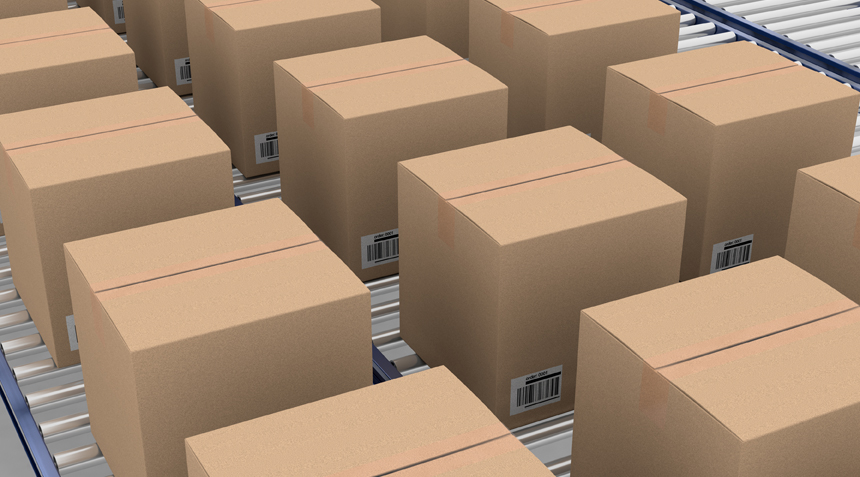Transit packaging is an important part of the supply chain process, ensuring that products arrive safely to their destination. But what is transit packaging exactly and why should you care? In this guide we’ll cover all the basics so you can make informed decisions when it comes to transit packaging needs. Before we start, if you’re looking for industrial packaging solutions, check out ITP Packaging.
What Is Transit Packaging?
Transit packaging serves a dual purpose: to protect goods in transit and facilitate efficient storage and transport on pallets or other types of containers. It also provides visual cues for easy product identification and retrieval. Transit packaging consists of two main components — primary (or inner) packaging, which encases individual items, plus secondary (or outer) packaging, which holds multiple packages together for shipment.
Primary transit packaging can include items such as cardboard boxes, plastic bags, blister packs and cartons. Secondary transit packaging usually consists of corrugated cardboard boxes or shrink-wrapped pallets.
Why Is Transit Packaging Important?
Transit packaging is critical for protecting goods throughout the supply chain process — from production to delivery. It helps reduce product damage by providing cushioning and shock absorption during transit. This not only reduces losses due to damaged products but also prevents delays in shipments due to transport issues.
In addition, transit packaging provides a cost-effective way to store and ship goods securely at scale. The use of standardized methods and materials can help streamline processes and increase efficiency when it comes to shipping multiple items at once.

Boxes on a Conveyer Belt.
How to Choose the Right Transit Packaging
When selecting transit packaging, it’s important to consider a few factors: size and weight of items, type of shipping method (air or ground), and environmental conditions during transit. The right transit packaging should be able to accommodate all these variables without compromising product protection and security.
For example, when selecting primary transit packaging for individual items, you need to make sure that the material is strong enough to protect fragile products from damage. If you’re shipping heavy items via air freight, choose a transit box with reinforced walls and sturdy lids for extra protection. On the other hand, if you’re using ground shipping, select lighter-weight materials such as cardboard boxes.
When selecting secondary transit packaging, consider how many packages you need to ship at once and the size of those packages. If your products require extra protection such as cushioning or insulation, look for transit packaging with additional layers of shock-absorbing materials. You should also choose a transit box that is sturdy enough to support the weight of multiple items without compromising security.
Conclusion
Transit packaging is an essential part of the supply chain process, ensuring that goods arrive safely to their destination. When selecting transit packaging, make sure to take into account factors such as item weight and size, shipping method, and environmental conditions during transit. With these considerations in mind, you’ll be able to find the right transit packaging that suits your needs.
Now you know all about transit packaging, so you can make informed decisions for your business’ transit packaging needs. Happy shipping!





